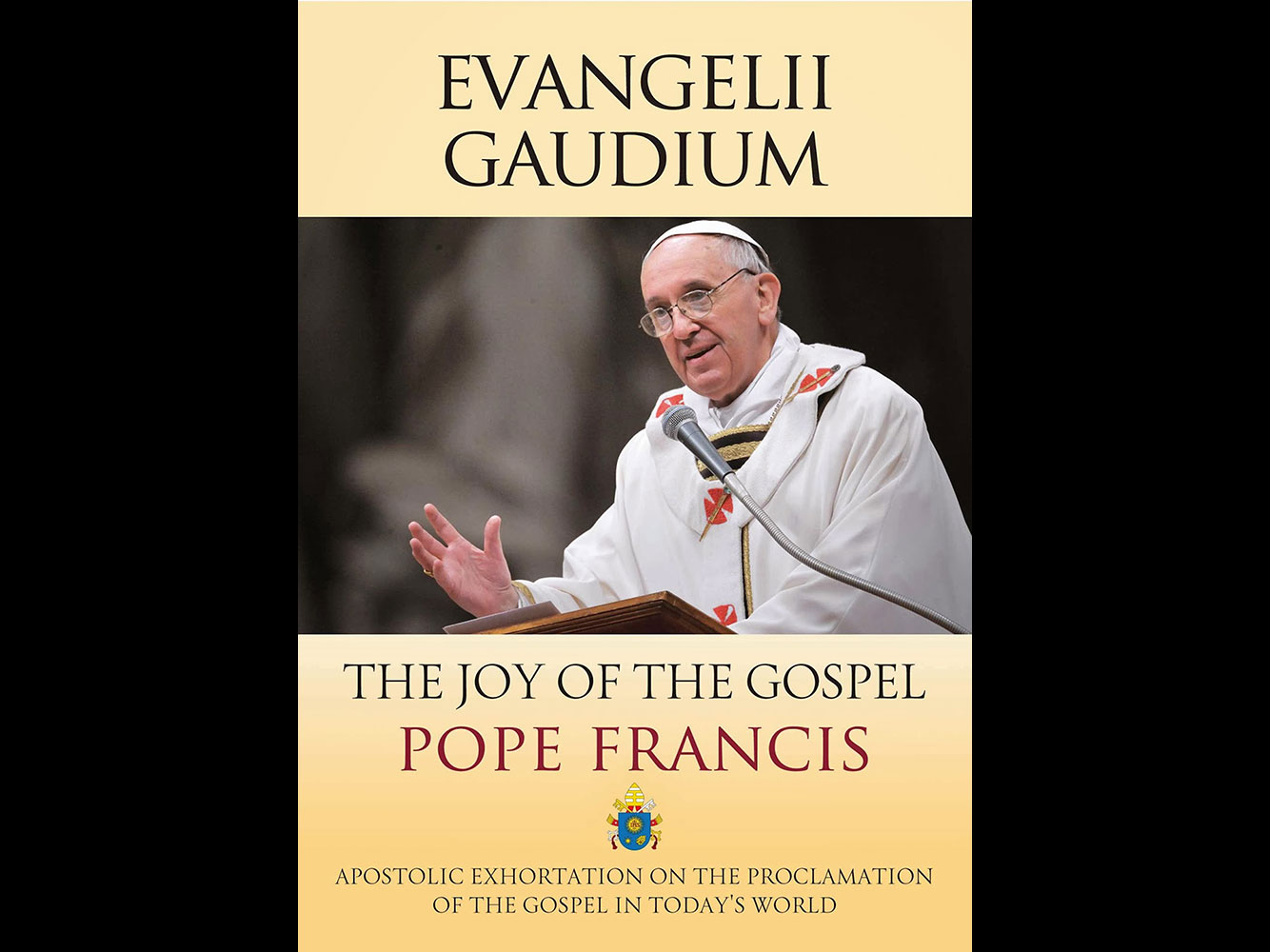“Biodiversity,” notes a statement released by the Pontifical Council for the Pastoral Care of Migrants and Itinerant People on the occasion of World Tourism Day (20th of September), “refers to the great wealth of beings that live on Earth, as well as the delicate equilibrium of interdependence and interaction that exists between them and the physical environment that hosts and conditions them. This biodiversity is translated into different ecosystems, of which examples can be found in forests, wetlands, savannah, jungles, deserts, coral reefs, mountains, seas and polar zones.” The message warns: “There are three imminent and grave dangers to them that require an urgent solution: climate change, desertification and the loss of biodiversity. The latter has been developing in recent years at an unprecedented rate. Recent studies indicate that, on a worldwide level, 22% of mammals, 31% of amphibians, 13.6% of bird life and 27% of reefs are threatened or in danger of extinction.” “There are numerous areas of human activity that largely contribute to these changes, and one of them is, without a doubt, tourism, which is among those activities that have experienced great and rapid growth,” the statement adds. And comments: “Tourists must be conscious that their presence in a place is not always positive. With this end, they must be informed of the real benefits that the conservation of biodiversity brings with it, and be educated in methods of sustainable tourism. Likewise, tourist should demand tourist business proposals that truly contribute to the development of the place. In no case, neither the land nor the historical-cultural heritage of the destination should be damaged in favor of the tourist, adapting itself to their tastes and desires. A major effort, in a special way the pastoral care of tourism, that must be realized is the education in contemplation to help tourists have the ability to discover the sign of God in the great wealth of biodiversity.” The international community has been seriously concerned with this problem. On several occasions, governments and leaders have made statements on the matter. The Church joins theirs, in accordance with her role, starting from the conviction that she has a responsibility towards creation and she must assert this responsibility in the public sphere. In so doing, she must defend not only earth, water and air as gifts of creation that belong to everyone. She must, above all, protect mankind from self-destruction. Without entering into the question of concrete technical solutions that would go beyond her competency, the Church concerns herself with drawing attention to the relationship between the Creator, the human being and creation. Church teaching reiterates insistently the responsibility of the human being in the preservation of an integral and healthy environment for all, from the conviction that the “care for the environment represents a challenge for all of humanity. It is a matter of a common and universal duty, that of respecting a common good.” Conversely, the tourist sector must “conceive, develop and conduct their businesses minimizing negative effects on, and positively






